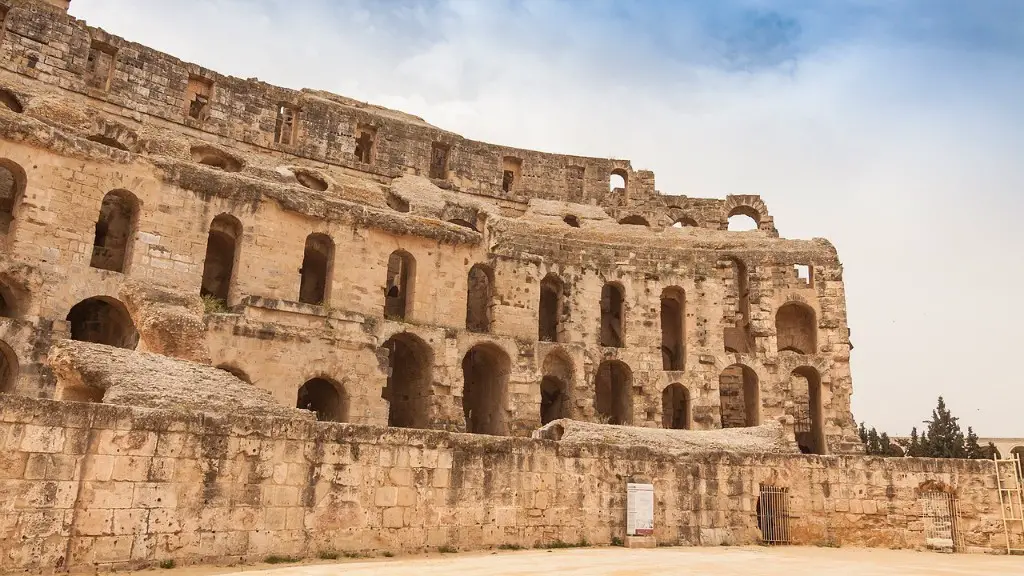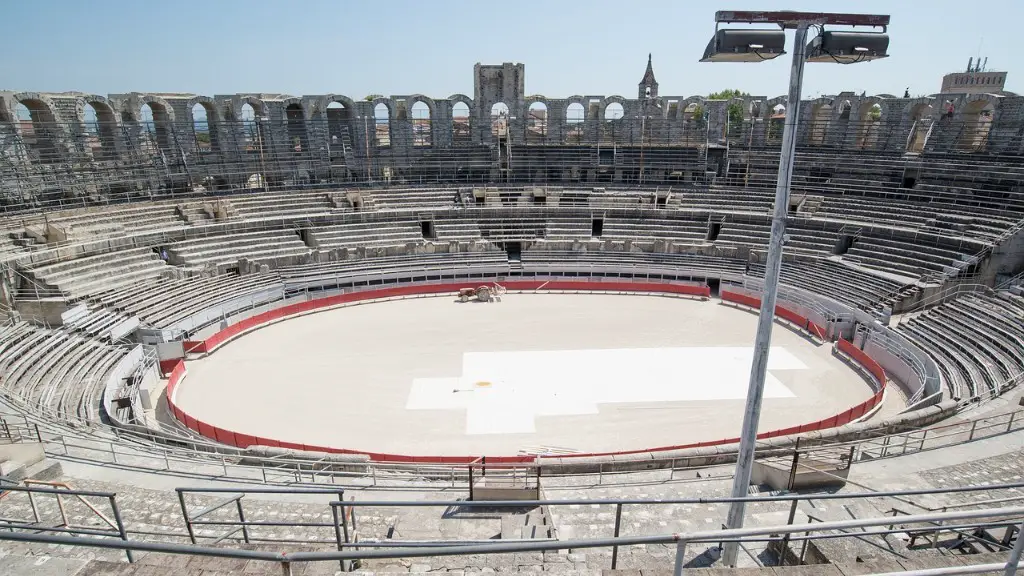Throughout the centuries, it is believed that the rivers in Rome have provided the city with wealth, plentiful water, and strategic locations – playing a large part in the rise of the empire. But which two of these rivers have been the most influential and important in Roman history?
The two most extraordinary rivers in ancient Rome are the Tiber river and the Aniene river. Together, these rivers have been influential in the development of all aspects of the ancient Roman empire: its culture, society, and economy.
The Tiber river – also known as the Tevere – is potentially the most iconic river in Rome, beginning at the fall of the Apennines and flowing through the capital. Provided with a path from west to east, it enabled Rome to expand and trade with the surrounding regions.
It is said that one of the reasons for Rome’s centrality was due to the strategic advantages it had on the Tiber. Rome enjoyed access to areas such as Campania and the Pontine marshes, enabling it to acquire resources from the south of Italy. Moreover, the river provided a safe and accessible means for the transportation of goods and people, making it a critical factor for the success of the Roman Empire.
The Aniene river is another crucial river, originating in the Reatine region and flowing towards Rome, where it then joins with the Tiber near Tivoli. The Aniene was an essential waterway for Rome in terms of its economy. It provided ample water to the capital, enabling it to build some of its earliest bathhouses and aqueducts.
In addition, the river supplied the need for mills and provided a direct means of transport for goods, connecting the interior of the city with the rest of Italy. Indeed, the river allowed Rome to expand its influence and economy, making it a key contributor to the formation and development of the Roman Empire.
The Importance of Waterways in Roman Development
The rivers of Rome are integral to both the rise and fall of the Roman Empire. Waterways were essential to Rome’s survival, enabling the city to develop its economy, while providing a safe and reliable means of transportation. As mentioned, the Tiber and Aniene rivers were key to this. They provided Rome with resources, military dominance and access to other cities and regions.
By controlling these rivers, Rome was able to maintain its political and economic power over its neighbours. Moreover, the cities that sprung up along the banks of these rivers were essential in the advancement of Roman activities, acting as trading posts that enabled Rome to acquire resources from further away.
Furthermore, rivers were also used for entertainment and relaxation. It is documented that the early citizens of Rome would swim in the rivers, fish, and go boating. This enabled them to enjoy their leisure without having to leave their city walls; demonstrating the rivers’ significance for the lifestyle of the Roman people.
The Impact of Ancient Roman Rivers
The rivers in Rome have played an instrumental role in the rise and fall of the empire. Rome’s ability to expand, develop and control its water sources gave it the edge it needed to become a powerful empire. But, more crucially, Rome’s water systems enabled the citizens to enjoy their leisure, as well as provided them with plentiful and clean water.
Without the rivers, Rome would not have been able to expand as it did, nor would it have been able to maintain its political and economic power in the areas surrounding its borders. This, in turn, would have had a great impact on its military prowess. In conclusion, the importance of rivers in the development of ancient Rome cannot be overstated.
Origins and Technical Aspects of Ancient Roman Rivers
The origins of the Tiber river are believed to lie in the sources of the poplar marsh, close to Marsica in the central Apennine mountains. This river descends from the mountains towards the coast and flows slowly but steadily until it reaches Flaminia, where it then converges with the Aterno river, forming the Tiber. This river then flows through Rome and is joined by other rivers until it finally flows out at Ostia.
The Aniene is essentially a tributary of the Tiber and it joins with it near Tivoli. It begins in the Reatine region and flows through many places towards the capital. The Aniene has more than ten tributaries of its own, which helped ensure a plentiful supply of water to Rome.
Both rivers have spilled over their banks quite often, and although this caused flooding and destruction in some cases, it also served to replenish the soil, making it fertile for growing crops and providing some relief from the intense summer heat.
Political and Religious Importance of Ancient Roman Rivers
The rivers in Rome had great religious significance for the Romans, with many festivals from the gods Faunus, Jupiter and Adonis celebrated on the banks of the Tiber and Aniene rivers. They were also of key political importance for Rome, allowing for a safe means of transporting goods and people along their route.
In addition, the rivers played a central role in the formation of alliances between Rome and neighbouring states. By controlling these rivers, Rome was able to maintain its dominance over its rival cities. Through these rivers, Rome was able to communicate with and share resources with its allies, while also offering them protection against external threats.
Roman Aqueducts and Technology
The Romans also used waterways to develop their technology. They built aqueducts to supply the capital with fresh water, while also enriching the soil along the banks of the rivers. This helped ensure that the Romans had sufficient and clean water for drinking, washing, and irrigation of the land.
Moreover, Rome’s waterways were home to some of their most important inventions, such as the Roman engineering technique of terraforming. This allowed for the creation of waterways and bridges, as well as hydraulic engineering to redirect or improve water sources.
The Roman engineering technique of canalizing rivers was also of considerable importance; it was used to create manmade channels from existing natural rivers, enabling the Romans to expand their territories and supply their citizens with water and commodities.
Conclusion
The importance of the rivers in the Roman Empire cannot be understated. By mastering the technology needed to channel and control the water, Rome was able to grow and expand its influence and economy. Through their mastery of the waterways, the Romans gained access to resources, military and political dominance, and strategic locations. The Tiber and Aniene rivers were central to this and therefore deserve further study and appreciation.





